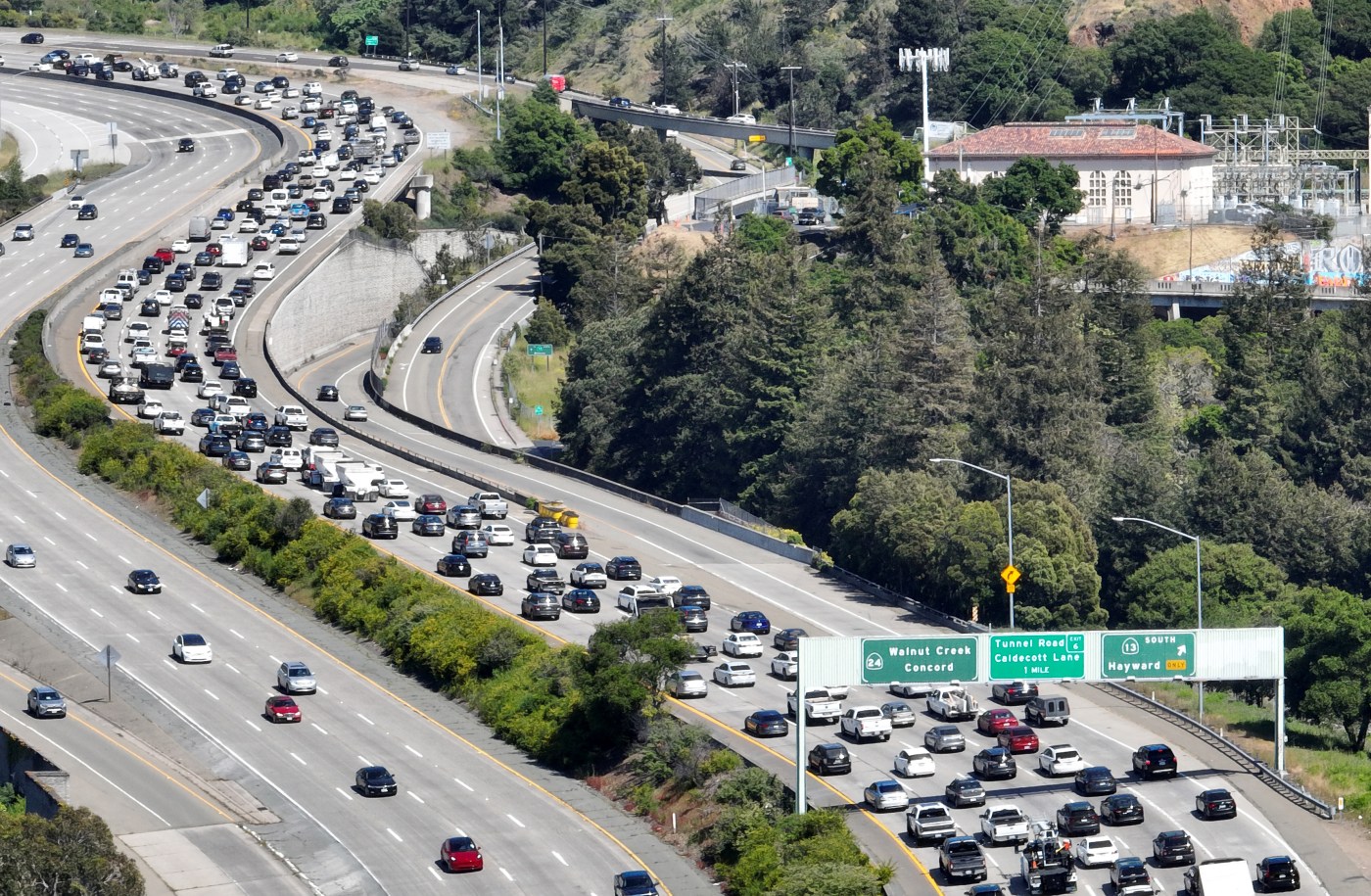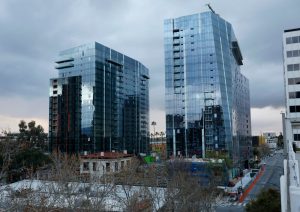California’s population grew for the first time in three years as legal immigration rebounded and the great California exodus during the COVID pandemic dramatically slowed as remote workers returned to the office, according to a state report released Tuesday.
The overall population gains were relatively small — a net increase of some 67,000 people to raise California’s population to 39.1 million people in 2023, according to the California Department of Finance.
Some Bay Area counties lost population, including Alameda and San Mateo, as layoffs took hold last year and residents continued to seek cheaper housing in the Central Valley.
But the overall population increase is a positive sign for the state that was much maligned for losing its residents to states with more affordable housing.
“The pandemic is in the rearview mirror and we’re sort of coming back to how we were,” said Russell Hancock, CEO of Joint Venture Silicon Valley, a regional think tank. “People are coming back to California because, actually, it turns out there’s a lot of opportunity here. Not a little, a lot. And to capture a lot of that opportunity, you have to be here.”
Related Articles
Austin’s Texas glow Is fading as home prices drop, office vacancies rise
Skelton: California’s budget relies on richest taxpayers and we’re paying the price
2 California cities make list of ’50 best places to live in US’
The US was getting too expensive. So this California artist relocated to France for a slower-paced life
Disillusioned with life in the US, a California woman moved to Mexico 7 years ago. Here’s how it completely changed her life
Opening the backlog of legal immigration, most from China, India and Latin America that was curtailed during the Trump Administration, largely contributed to the state’s growth with a net gain of 114,200 legal foreign immigrants in 2023 compared to 90,300 in 2022. Birth and death rates also returned to normal post pandemic.
But for all the political blowback progressive California endured when droves of Californians moved to conservative states such as Texas and Florida during the height of the pandemic — Florida Gov. Ron DeSantis blamed California’s “woke” culture — that exodus has slowed.
California’s net migration in 2023, taking into account those who come and those who leave, dropped in two years to roughly a quarter of its 2021 rate, the report shows. That includes a 28% drop in the actual number of Californians who left the state, according to the Department of Finance.
“During the pandemic, high education, high income people were leaving the state in big numbers. And that was something that hadn’t really happened before,” Eric McGee of the Public Policy Institute said Tuesday. “It was about the flexibility of remote work, being able to work somewhere else where it was cheaper to live. But a lot of places are just saying, ‘hey, come back in two days a week, three days a week.’ It’s just enough to keep people tied to California.”
In a statement Tuesday, Gov. Gavin Newsom celebrated the population turnaround.
“People from across the nation and the globe are coming to the Golden State to pursue the California Dream and experience the success of the world’s 5th largest economy,” Newsom said. “From the Inland Empire to the Bay Area, regions throughout California are growing — strengthening local communities and boosting our state’s future.”
That growth, however, only amounted to 0.17%, a “relatively muted” increase compared with the boom period coming out of the 2008 Great Recession, said Jeff Bellisario, executive director of the Bay Area Council Economic Institute, a a nonprofit business advocacy group.
“If you look at the years between 2011 and 2013, the state was growing between 200,000 to 300,000 people each year,” Bellisario said. “So at 67,000, while still growth and still good, it’s still not necessarily a high growth type number.”
The state Department of Finance uses the decennial federal census, combined with records for births, deaths, and people moving to make annual population estimates for California’s counties and cities for planning and the appropriation of funds. The state’s population estimates are for Jan, 1 of each year, while the U.S. Census Bureau’s annual estimates are for July 1 of each year.
In 2021, nearly 700,000 people left the state while only 340,000 moved here, leaving a net loss of 360,000 people. In 2023, however, 505,000 people left the state, while 414,000 came in, for a net loss of 91,000.
Of California’s 58 counties, the population grew in 31 of them in 2023, with Los Angeles County making up nearly half of the state’s gains with a net influx of 32,000 people, thanks to a relatively healthy housing stock and stable job market. Riverside County saw net growth of 13,800 people.
In the Bay Area, the largest increase was in Contra Costa County, which grew by 0.12%, smaller than the statewide gains but an increase of over 1,000 residents. San Francisco also saw a modest gain, of 0.1%, and Santa Clara County had the smallest change, just 0.02%, an increase of 399 residents. San Mateo, Marin and Alameda counties all saw decreases around half a percent.
Estimates for Bay Area cities showed the largest change in population was Emeryville, which had a 5% increase in population in a year. Mountain View, Oakley, Millbrae, El Cerrito and Alameda were the other cities in the region that had a population increase over 1%.
On the flip side, eight cities in the region saw a population drop in the same year. The largest drop was in Newark, which lost 2.4% of residents. San Leandro, Daly City, Foster City, Novato, Colma, Pleasanton and Union City also saw population losses of over 1% last year.
Some of those drops may have been a shift of families not leaving the state, but seeking cheaper and more abundant housing to Napa and American Canyon to the north and Central Valley towns, including Lathrop, to the east.
So what does the future hold?
“The most realistic scenario is that we’re going to be a slow-growing state,” said the Public Policy Institute’s McGee. “Maybe we will get slightly higher rates of growth, maybe not. But nobody’s really thinking we’re going to return to the days of the mid-20th century when we were really booming.”
New York has been in a similar situation of slow growth, he said, and may be a good model for California.
“I think we’re kind of in New York lane right now,” he said, “slow growing, but high income.”












